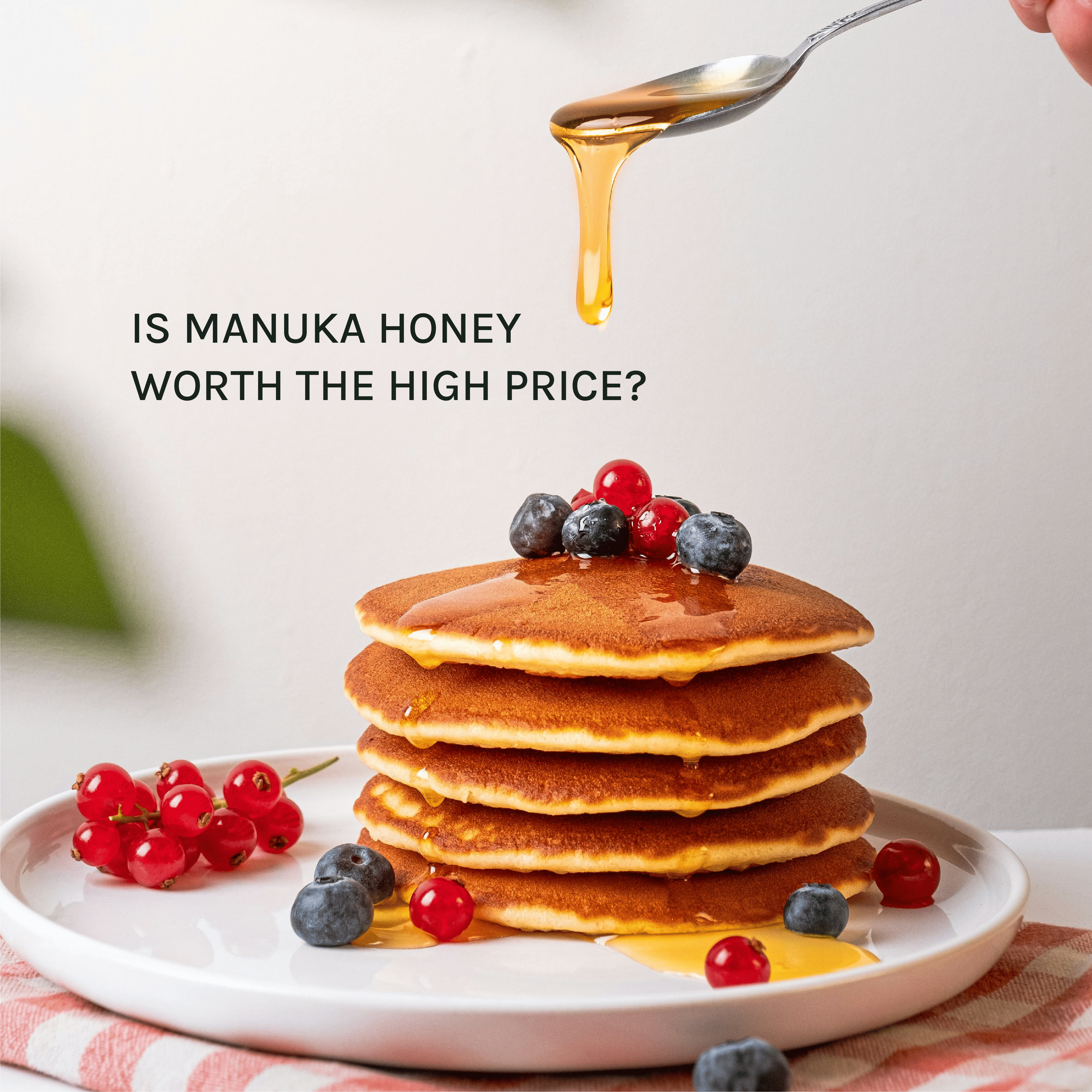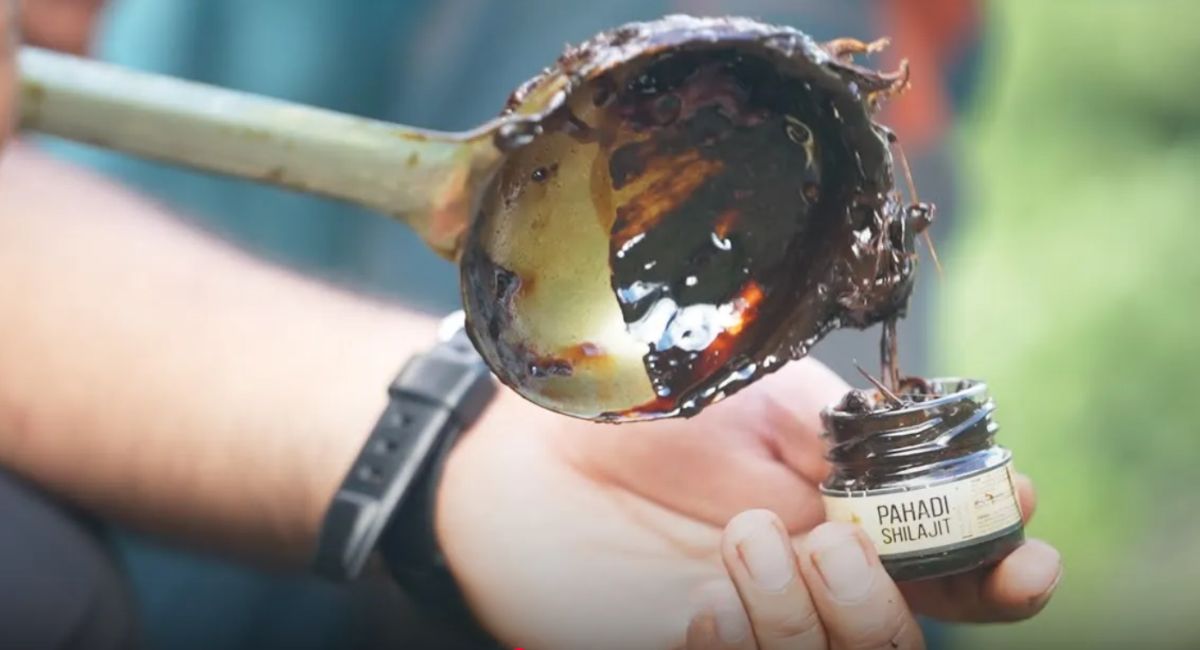One of the most expensive spices in the world, saffron requires 75,000 blossoms to produce just a single pound. Each delicate strand is carefully hand-picked by farmers, making it a labor-intensive and prized commodity.
Beyond its luxurious appeal, saffron is packed with powerful antioxidants and is known for its cancer-fighting properties, making it highly sought after for its medicinal benefits.
However, not all saffron is the same.
The region where it’s grown is crucial in determining its quality, potency, and price.
Two of the most well-known varieties are Kashmiri Saffron and Iranian Saffron.
While Iran produces nearly 90% of the world’s saffron, Kashmiri saffron's rarity and superior quality set it apart.
So, is Iranian saffron better, or should you choose Kashmiri saffron?
Let’s explore the difference between Kashmiri Saffron Vs Iranian Saffron and answer the questions surrounding these two prized varieties.
About Kashmiri Saffron
Kashmiri Saffron, primarily grown in Pampore, Jammu & Kashmir, has earned a Geographical Indication (GI) tag, recognizing its authenticity and uniqueness.
Known as the "Saffron Town" of Kashmir, Pampore is renowned worldwide for producing Kashmiri Kesar, a saffron variety prized for its deep red color, rich flavor, and intense aroma.
With nearly 80% of the region’s agricultural land dedicated to saffron farming, Pampore’s fields are not just an economic asset but a symbol of cultural heritage and pride.
Saffron cultivation in Kashmir is a centuries-old tradition, passed down through generations. The process is highly meticulous, beginning with the careful preparation of the land through multiple ploughings to ensure rich, aerated soil, a critical factor for saffron corms to thrive. The dedicated, labor-intensive approach is what makes Kashmiri saffron unparalleled in quality.
Each year, the Saffron Picking Festival brings Pampore’s saffron fields to life. Locals and visitors come together to participate in the harvest, enjoy cultural performances, and celebrate the legacy of Kashmir’s saffron farming which is a tradition that continues to flourish in the heart of the Himalayas.
Properties of Kashmiri Saffron
-
Color: Deep crimson red due to high crocin content.
-
Aroma: Strong, earthy, and floral.
-
Taste: Slightly bitter with an intense depth of flavor.
-
Medicinal Benefits: Known for its high antioxidant content, used in Ayurvedic medicine for immunity, digestion, and cognitive health.
Cultivation Process of Kashmiri Saffron
Kashmiri saffron is cultivated in the cool Himalayan foothills at an altitude of around 2000 meters above sea level. Farmers handpick each stigma manually, ensuring zero contamination and the highest quality. It is then naturally sun-dried, preserving its potency.
A study published in Acta Horticulturae confirms that Kashmiri saffron has higher crocin (coloring strength) and safranal (aroma compound) levels than Iranian saffron, making it more potent in medicinal and culinary applications.
About Iranian Saffron
Iran is the largest saffron producer, known for its mass production and wide export. While Iranian saffron is more widely available and affordable, it varies in quality due to mechanized drying processes that sometimes impact its potency.
Iranian saffron is categorized into various grades based on the part of the flower used and the quality of the threads:
-
Super Negin: Considered the highest grade, featuring long, thick red stigmas with no yellow styles, offering superior color and aroma.
-
Sargol: Consists of the red stigma tips only, providing strong coloring and flavor.
-
Pushal: Includes red stigmas with a portion of the yellow style, resulting in a slightly lower quality but still valuable for various uses.
-
Dasteh (Bunch): The entire stigma with the style, tied in bundles, representing a more traditional form with variable quality.
These grades help consumers identify the quality and suitability of saffron for different applications.
Properties of Iranian Saffron
-
Color: Bright red, but slightly lighter than Kashmiri saffron.
-
Aroma: Mild, sweet, and floral.
-
Taste: Delicate and slightly less bitter.
-
Medicinal Benefits: Used primarily for relaxation, mood enhancement, and culinary purposes.
Cultivation Process
In Iran, saffron is traditionally cultivated in semi-arid regions, particularly in areas like Torbat-e Heydarieh, often referred to as the "Red Gold Capital" due to its extensive saffron fields.
Unlike Kashmiri saffron, which is handpicked and naturally dried, Iranian saffron is sun-drying or using gentle heat to preserve the spice's aroma and potency.
However, some producers have adopted mechanized drying techniques to increase efficiency. While these methods can expedite production, they may sometimes compromise the saffron's crocin content, which is responsible for its vibrant color and medicinal properties.
A study published in the Journal of Food Science & Technology highlights that Iranian saffron, while still high in antioxidants, has slightly lower medicinal properties compared to Kashmiri saffron due to differences in processing techniques.
Kashmiri Saffron Vs Iranian Saffron
While Iran produces the majority of the world’s saffron, Kashmiri saffron is renowned for its superior quality, deep color, and strong aroma.
Due to differences in cultivation methods, climate, and processing techniques, these two types of saffron vary in taste, potency, and pricing.
|
Factor |
Kashmiri Saffron |
Iranian Saffron |
|
Color |
Deep crimson red with high crocin content |
Bright red, slightly lighter |
|
Aroma |
Strong, earthy, floral |
Mild, sweet, and floral |
|
Taste |
Rich, slightly bitter, intense depth |
Delicate, mild bitterness |
|
Crocin Content |
Very high (Best in the world) |
Moderate to high |
|
Processing |
Handpicked, sun-dried naturally |
Mechanized drying in some cases |
|
Cultivation |
Organic, grown in Pampore, Kashmir |
Mass production in Iran |
|
Medicinal Value |
High – Used in Ayurveda and traditional medicine |
Good – Used in general wellness |
|
Grading |
Single highest grade available |
Multiple grades, from high to lower quality |
|
Uses |
Best for medicinal, luxury culinary, and wellness purposes |
Commonly used for culinary and commercial purposes |
|
Availability |
Limited, seasonal, premium quality |
Widely available worldwide |
|
Price |
Higher due to limited production & premium quality |
More affordable |
Buy Authentic Pampore Kashmiri Saffron From Pahadi Amrut
When choosing between Kashmiri Saffron vs. Iranian Saffron, the answer lies in quality, purity, and medicinal potency. While Iranian saffron dominates the global market,
Kashmiri saffron stands unparalleled in terms of aroma, crocin content, and deep red color.
If you seek the highest-grade saffron for culinary, medicinal, or wellness purposes, Kashmiri saffron is the best choice. At Pahadi Amrut, we bring you authentic Pampore Kashmiri saffron, directly sourced from the renowned saffron fields of Kashmir.
Our farmers carefully handpick each saffron strand, ensuring that only the finest stigmas are selected. The saffron is then naturally sun-dried to preserve its rich aroma, potent antioxidants, and vibrant color.
We take immense pride in carefully packaging this premium saffron in luxurious, airtight containers, ensuring that its purity, freshness, and natural essence remain intact.
Whether you’re using saffron for traditional recipes, Ayurvedic health benefits, or luxury wellness, Pahadi Amrut’s Kashmiri saffron is the golden standard.
Experience the richness of authentic Kashmiri Kesar. Order from Pahadi Amrut today.



